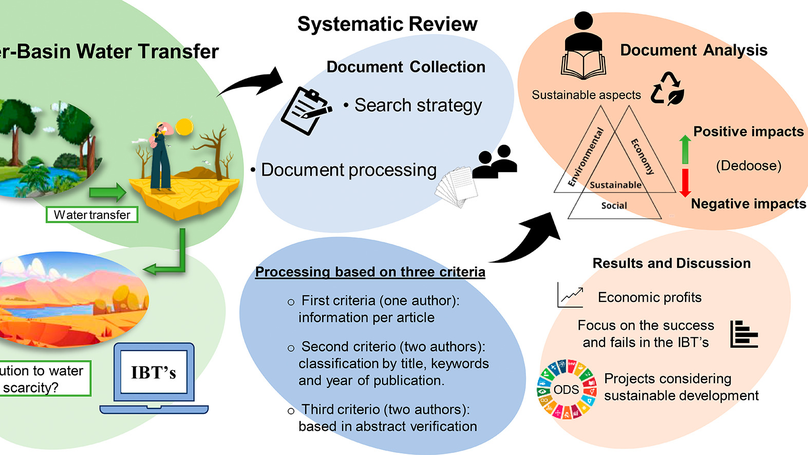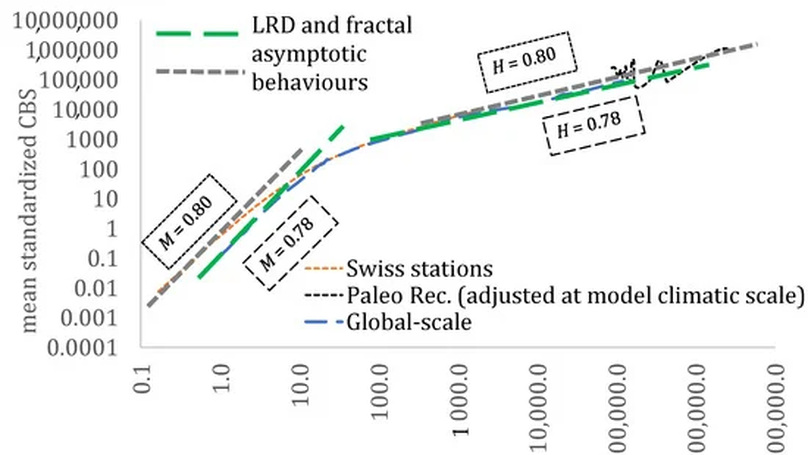Biography
Alonso Pizarro is a professor of hydrology & hydraulic engineering at Universidad Diego Portales. His research interests include hydrology, hydraulics, sediment transport, bridge scour, flood prediction, extreme flood events, stochastic processes in hydrology, environmental monitoring using Unmanned Aerial Systems (UASs), and remote sensing applications for fluvial monitoring. Alonso utilises advanced surveying and flow measurement techniques and laboratory experiments. He is proficient in advanced programming languages (Matlab and Python) and GIS software (QGIS), which he uses to manipulate and analyse complex datasets, regularly publishing research articles in leading international journals. Alonso has recently adopted open science practices, making available data, codes, and analyses.
Download my resumé.
- Hydrology
- Stochastic processes in Hydrology
- Fluvial Monitoring
- UASs
- Bridge Scour
PhD in Cities and Landscapes (Water Management and Hydrology), 2019
University of Basilicata
MSc in Civil Engineering, 2015
University of Concepcion
BSc in Civil Engineering, 2012
University of Concepcion
Projects
Featured Publications

A novel method is proposed to automatically segment water extent using optical data. The key features of this approach are (i) the development of a simple physically based model that utilises only RGB data for water extent segmentation; (ii) the achievement of high accuracy in the results, particularly in the estimation of water surface area and perimeter; (iii) the avoidance of any data training process; (iv) the requirement of minimal computational resources; and (v) the release of an open-source software package that provides both command-line codes and a user-friendly graphical interface, making it accessible for various applications, research, and educational purposes. The physically based model integrates reflectance of the water surface with spectral and quantum interpretation of light. The algorithm was tested on 27 rivers and compared to manually-based delimitation, with a resulting robust segmentation procedure. Quantified errors were RMSE = 11.91 (m2) for surface area, RMSE = 12.25 (m) for perimeter, and RMSE in x: 52 (px), RMSE in y: 93 (px) for centroid location. Processing time was faster for automatic segmentation than manual delimitation, with a time reduction of 40% (case-by-case analysis) and 65% (using all case studies together in one run). Shadows, light spots, and natural and non-natural elements in the field of view may affect the accuracy of results.

Inter-basin water transfer projects (IBTs) have significantly increased in number in recent decades due to the unremitting need to solve the problem of global water imbalance. However, given the complex challenges inherent in implementing and maintaining IBTs, there is a need to characterize the multi-faceted aspects of sustainability (or unsustainability) that result from these megaprojects. Through a systematic review of the literature, we sought to identify and characterize the positive and negative impacts that most often influence the sustainability of IBTs, focusing on impacts within the environmental, social, and economic pillars of sustainability. Based on an eligibility criterion, the systematic review selected 68 documents out of an initial total of 1567 for information quality analysis and content evaluation. The qualitative coding of the documents allowed us to characterize the landscape of impacts that result from IBTs across the three pillars of sustainability. The study findings revealed that the most frequently coded positive impacts related to the environmental pillar of sustainability, while the most frequently coded negative impacts related to both social and environmental pillars. In addition, the most frequently coded positive impact overall related to the economic benefits generated by the IBTs. Through a critical analysis of the study findings, we provide an assessment of future IBTs with a focus on the UN sustainable development goals.

The identification of the second-order dependence structure of streamflow has been one of the oldest challenges in hydrological sciences, dating back to the pioneering work of H.E Hurst on the Nile River. Since then, several large-scale studies have investigated the temporal structure of streamflow spanning from the hourly to the climatic scale, covering multiple orders of magni-tude. In this study, we expanded this range to almost eight orders of magnitude by analysing small-scale streamflow time series (in the order of minutes) from ground stations and large-scale streamflow time series (in the order of hundreds of years) acquired from paleocli-matic reconstructions. We aimed to determine the fractal behaviour and the long-range de-pendence behaviour of the streamflow. Additionally, we assessed the behaviour of the first four marginal moments of each time series to test whether they follow similar behaviours as sug-gested in other studies in the literature. The results provide evidence in identifying a common stochastic structure for the streamflow process, based on the Pareto–Burr–Feller marginal dis-tribution and a generalized Hurst–Kolmogorov (HK) dependence structure.
Recent Publications
Contact
- alonso.pizarro@mail.udp.cl
- Av. Ejército 441, Santiago, Región Metropolitana
- Book an appointment
- DM Me


